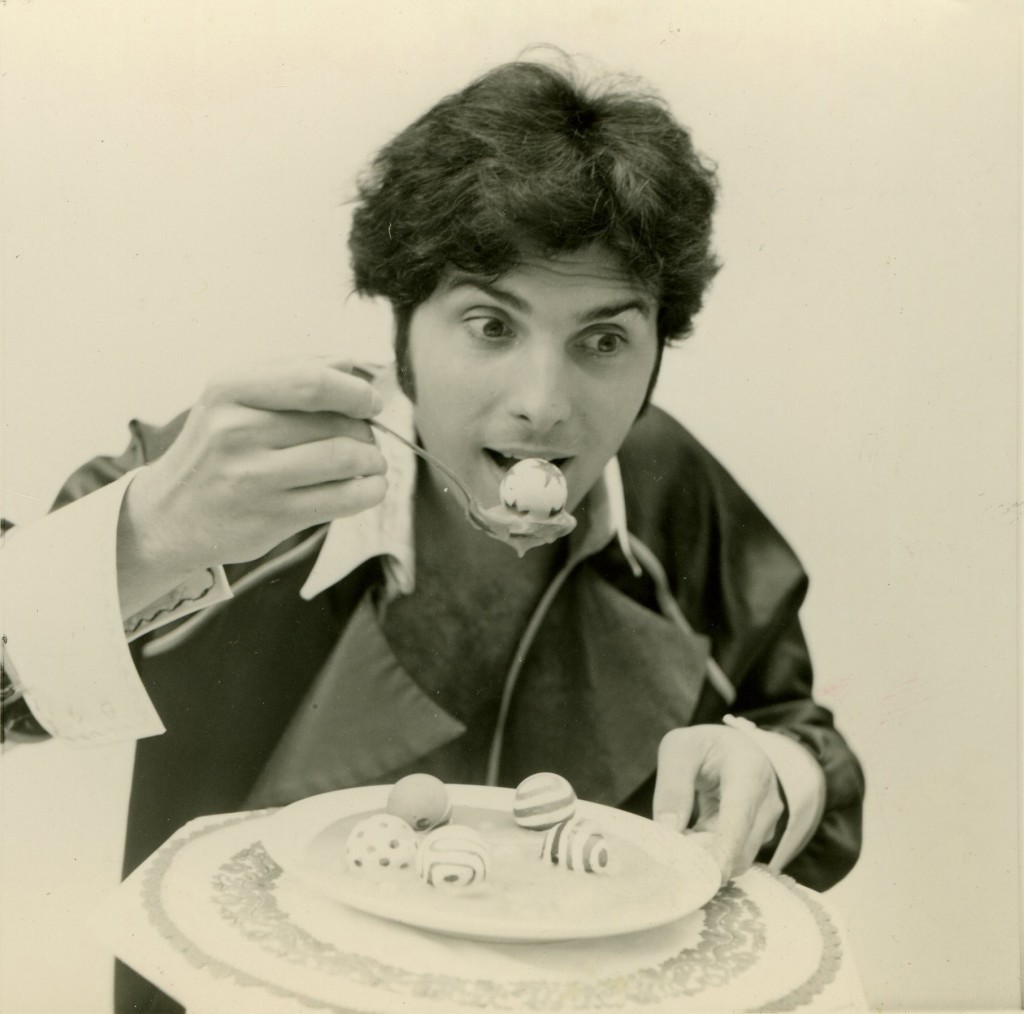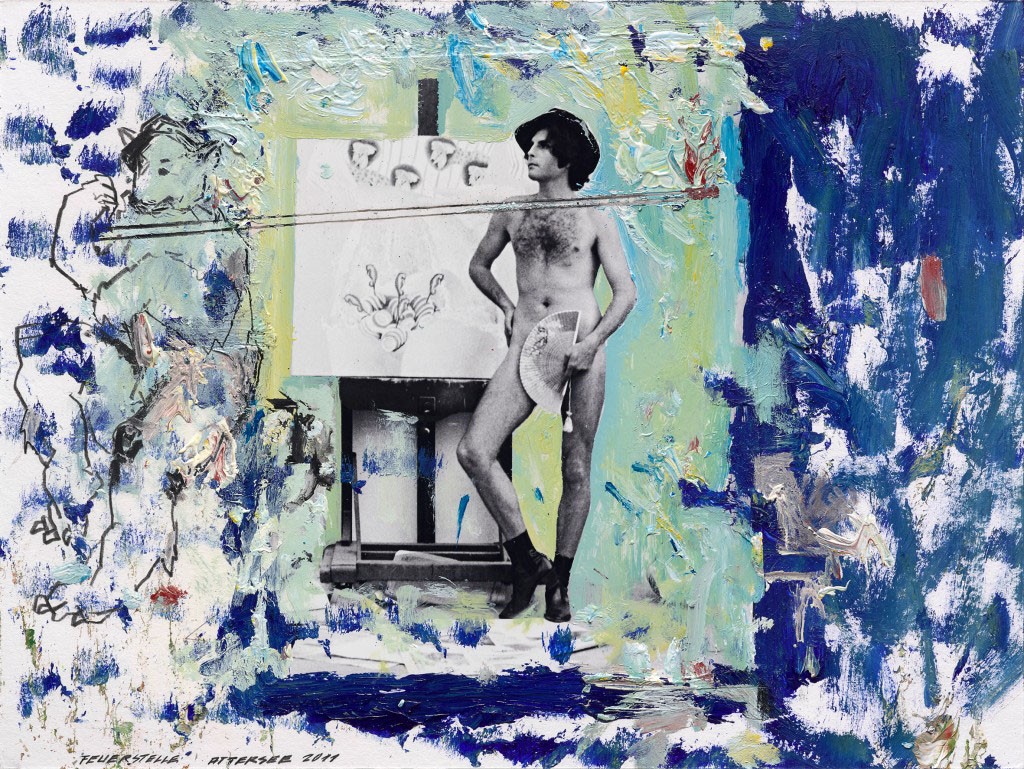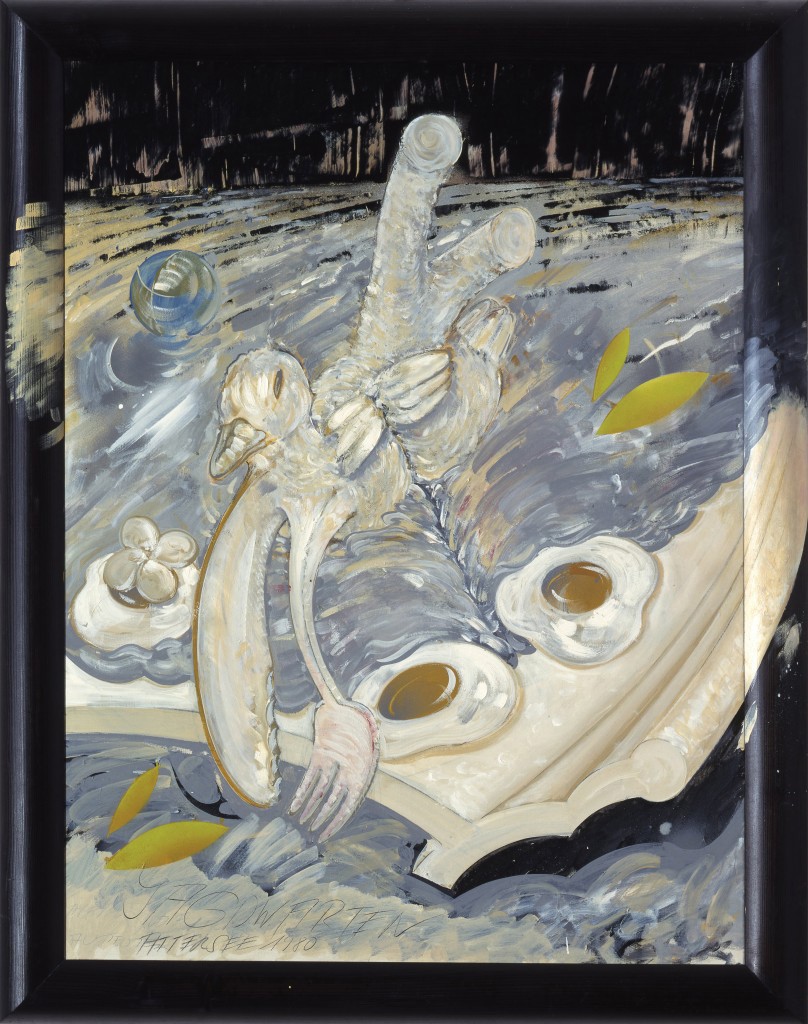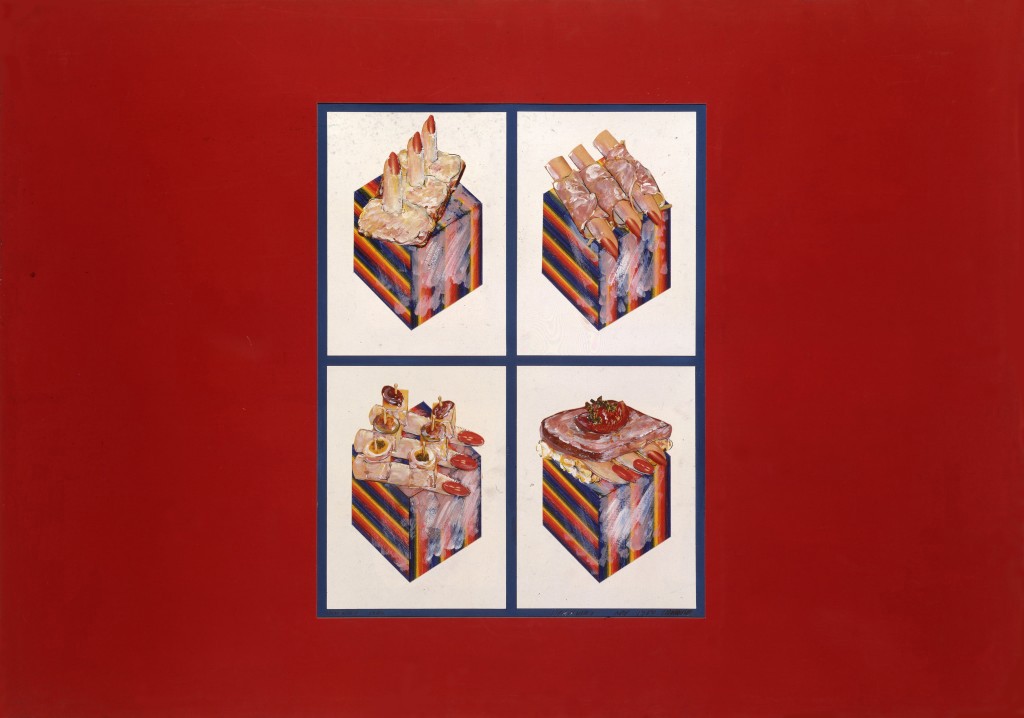Christian Ludwig Attersee Art Exhibition Opens in The Belvedere

In The Belvedere, the complex of two gorgeous palaces, representing the famous art gallery, opens the Christian Ludwig Attersee art exhibition called “Feuerstelle” (“Fire”). Artist, musician, poet, stage designer, professor of painting and yachtsman, he has been one of the most active artists in Austria for more than fifty years.
The famous Austrian artist Christian Ludwig, who has been working under the pseudonym “Attersee” since 1966, was born in 1940 in Czechoslovakia in the family of an architect. In 1944, his family moved to Austria.
In 1957 – 1963, Christian Ludwig studied painting and scenography at the University of Applied Arts in Vienna. The most powerful influence on him had abstract compositions by Wassily Kandinsky.
Distinguished by a strong sense of modernity and adventurous character, Attersee experimented in the early 1960s in the field of all the latest trends: engaged in performance art, electronic and rock music. In the mid-60s, Christian Ludwig shot a movie, created art objects and staged photos with him as a model. His art works are close to pop art and neo-dadaist items in the spirit of the Fluxus art movement. One of the main themes of Attersee’s paintings in the 1960s – “Objects of human flesh,” – allows us to compare the range of his creative interests with the art of Viennese actionists, such as Hermann Nitsch and Rudolf Schwarzkogler.
In 1966, the first Christian Ludwig Attersee art exhibition was held in Berlin, and after it on November 13, the artist changed his name to the pseudonym of “Attersee,” which he began to use as a trademark, promoting the “Attersee style.”
“Attersee is the great lone wolf of Austrian art of the sixties, counterpole to Viennese actionism.” That is how the artist is presented on his website. When Attersee began his career in art, the fine art was already considered an anachronism. However, the “lone wolf” did not ignore the actionism. In 1962, the artist played a concert for six hundred Alpine cows. The performer liked to shock the audience, posing nude for photos, and to study his “Prosthetic alphabet,” the audience had to try on the prostheses in the form of letters. Any Christian Ludwig Attersee art exhibition is something worth visiting.
However, the main thing that Attersee is famous for his visual art works – paintings. In his youth, he was fascinated by Kandinsky, but his style hung somewhere between expressionism art and surrealism movement. In his almost Baroque compositions, life is in full swing: mixed fish, people, as well as birds, sails, waves, glasses, and food. Everything flies, runs and jumps, everything seems continuous improvisation, a strange dream. Spontaneous painting fully corresponds to his pseudonym – “Attersee,” taken from the name of the stormy Austrian lake.
By his nearly eighty years, Christian Ludwig had created more than six thousand paintings and other art works, hundreds of poems and songs. He was a participant of the Venice Biennale, and the total number of his exhibitions is approaching five hundred – in 2000, the retrospective of the artist took place in the State Russian Museum in St. Petersburg. Attersee has been teaching painting and animation at the University of Applied Arts in Vienna for more than ten years.
The Christian Ludwig Attersee art exhibition in The Belvedere is focused on the “golden period” of the artist’s work – the 1960-80s. The exposition includes bright collage masterpieces, photographs, movies, music, and paintings, including never exhibited art works of the early period.
The event takes place from 01.02.2019 to 18.08.2019 in the Belvedere Palace in Vienna.




